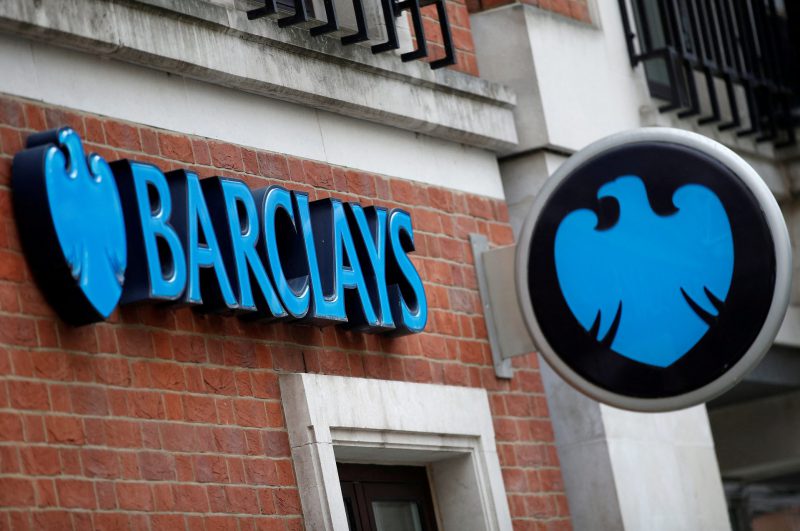London-based financial giant Barclays reported its Q1 2023 profits on Thursday. The bank reported a net profit of £1.78 billion ($2.2 billion) for the first quarter of this year, with a 27% rise year-on-year. The banking giant beat Reuters’ analyst’s expectations of £1.432 billion (~$1.78 billion) in profits.
The bank’s consumer, cards, and payments section generated 47% more revenue on a branch-by-branch basis than its corporate and investment bank division, which saw just a 1% rise. It partially ascribed to the fact that it had acquired the credit card portfolio of retailer Gap. Barclays UK’s revenue increased by 19% as a result of higher net interest income. The bank also reported credit impairment charges of £500 million (~$623 million). The bank claimed that this was caused by increased card balances in the United States. It also attributed the “continuing normalization anticipated in U.S. cards delinquencies.”
Businesses write off assets using impairment charges. As its customers suffered from cost pressures, Barclays announced in its prior report that the bank set aside £1.2 billion (~$1.49 billion) for such costs last year.
Will Barclays’ performance continue for the rest of the year?
With revenue climbing 11% to £7.2 billion (~$8.97 billion), Chief Executive Officer C. S. Venkatakrishnan called it a “strong” quarter. The bank’s shares were up by 4.3% in London, which is likely a response to the increased profits. Venkatakrishnan stated,
“The momentum across the group allows us to maintain a robust capital position, deliver attractive returns to shareholders, and support our customers and clients through an uncertain economic environment.”
The bank stated that it is on track to deliver on its 2023 targets. Moreover, the finance behemoth stated that “all performance metrics [are] in line with or ahead of guidance.” Meanwhile, the first quarter’s net profit for Deutsche Bank came in at 1.158 billion euros ($1.28 billion), exceeding the consensus estimate of 864.54 million euros.
The results follow a challenging time for the global banking industry. This included the early March failure of Silicon Valley Bank, a regional lender with headquarters in the United States, and several other lenders. This week, market observers are once again paying close attention to U.S. banks as a result of First Republic‘s disclosure of higher-than-anticipated deposit withdrawals in the first quarter and subsequent stock decline to a record low.





